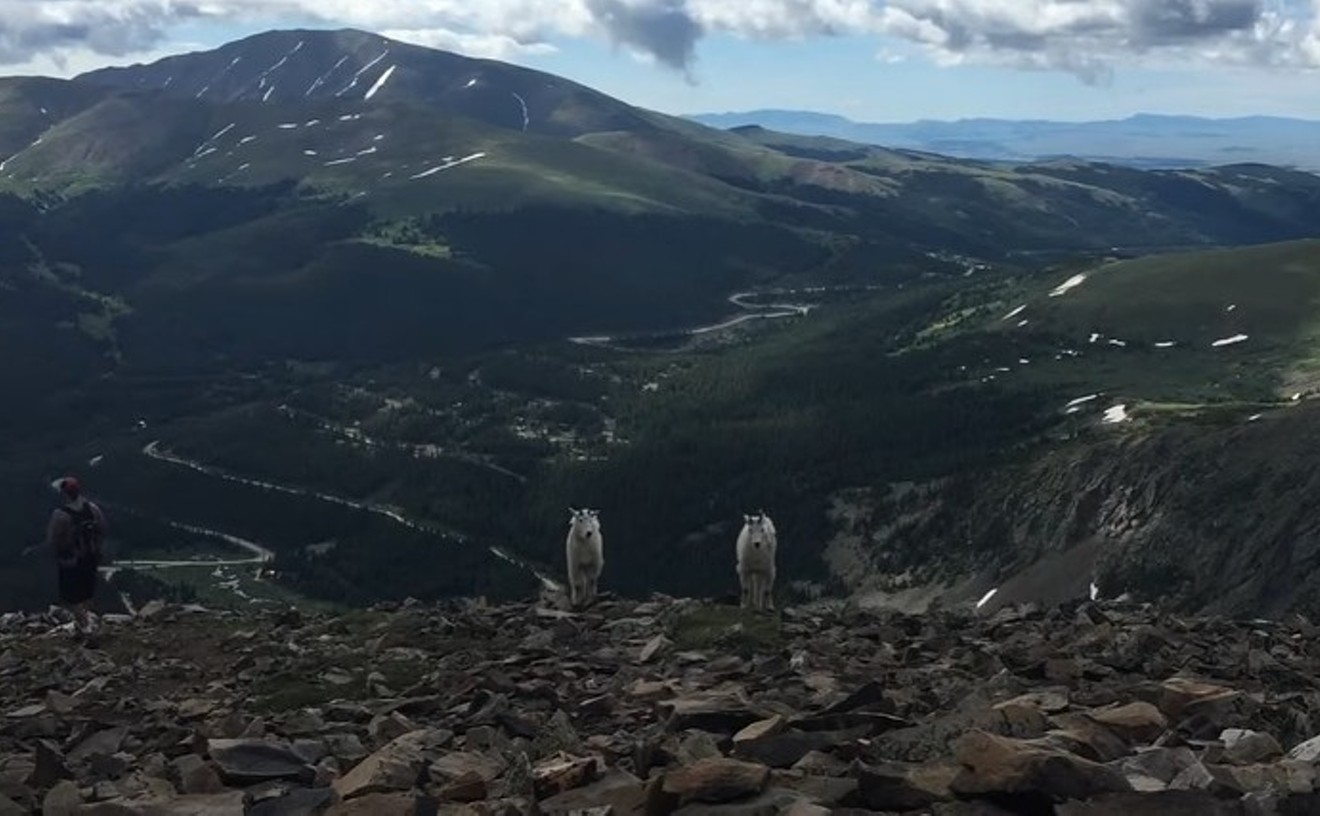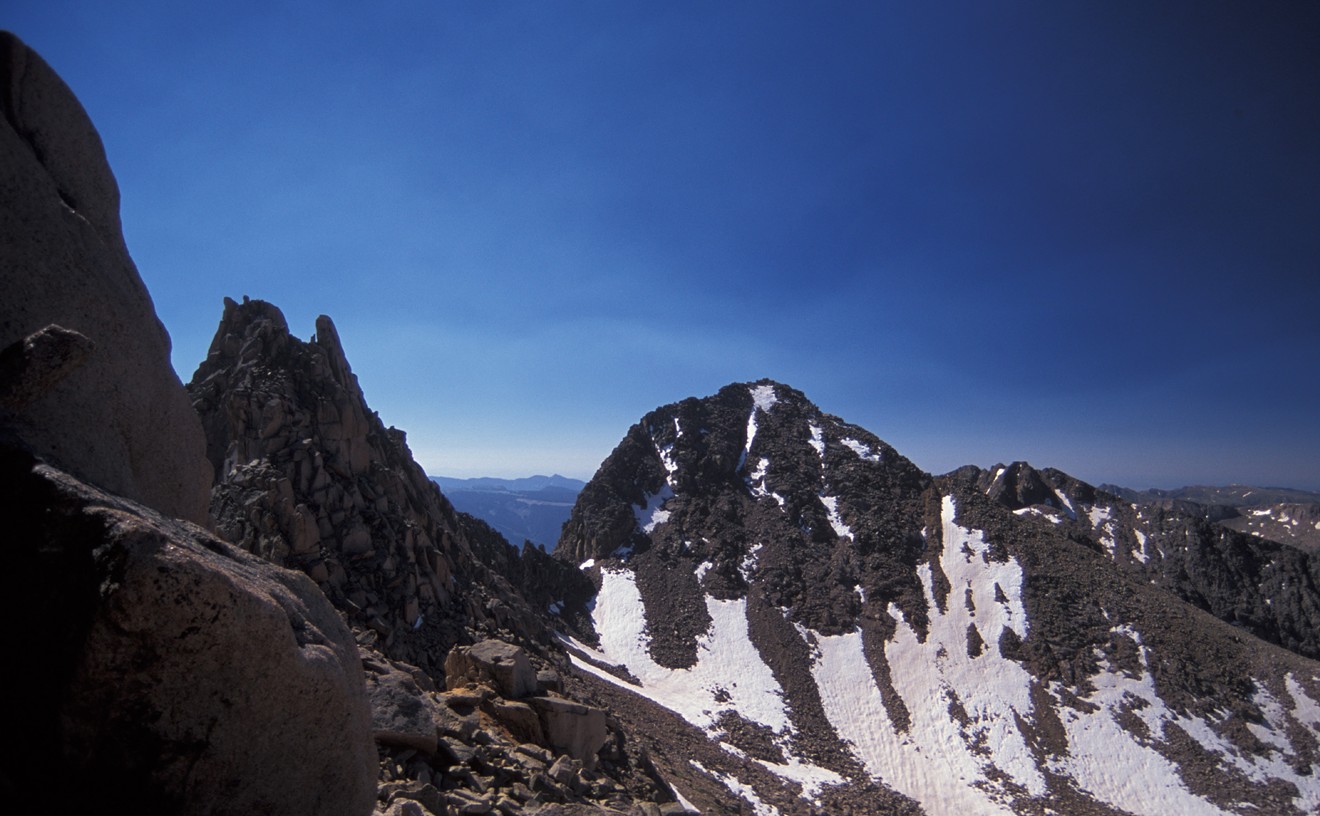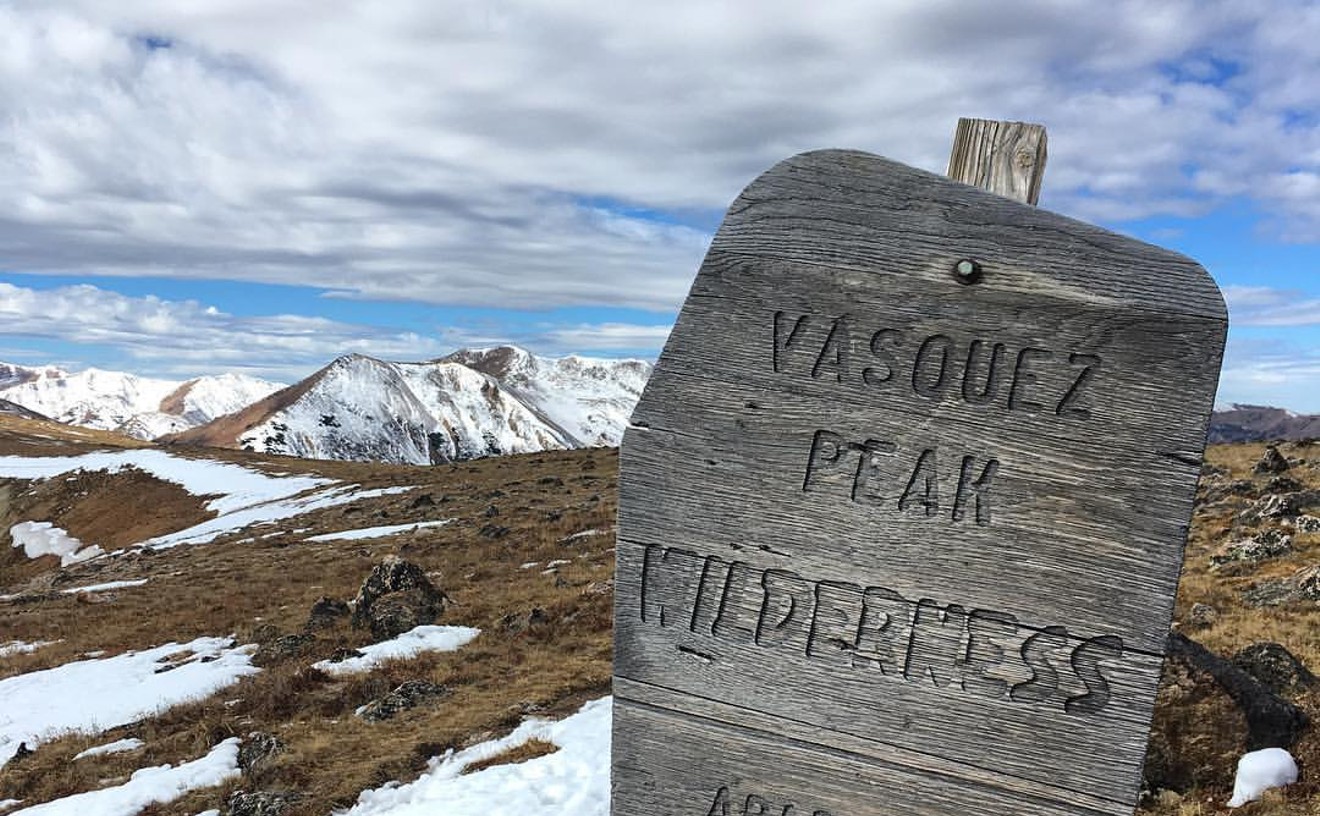This Class IV-V ride is not for the faint of heart, as the Arkansas River turns into a bit of a beast when it hits the Royal Gorge Canyon. But for whitewater enthusiasts, it's a bucket-list must. Enjoy huge drops, long wave trains and a narrow canyon with steep walls that's completely cut off from the road. Then get ready for paddle-gripping rapids with names like Sledgehammer, Squeezebox, Wallslammer and Boateater. The Royal Gorge Route Railroad goes past twice a day, and there's a good chance you'll see bighorn sheep on the banks, all of which just adds to the dramatic scenery you're zipping past. The truly courageous should do what local outfitters refer to as the Grand Slam or the Double Dip, the heart-racing river rat's dream run through the Royal Gorge twice in one day, with lunch in the middle and a shuttle back to the beginning. Forward!
croa.org











